Let’s find out together, in this long-winded review, what are the strengths and weaknesses of Final Fantasy XVI, the latest iteration of the Square Enix franchise which should, we hope, be a new beginning for the series
It Wasn’t A Good Death We Should Be Fighting For, But A Better Life.
Thirtysix. A random number at the beginning of the Final Fantasy XVI review? Not exactly. Thirty-six years have passed since Hironobu Sakaguchi and all of Square Enix (although at the time there was still talk of Squaresoft) launched one last project on the market before the company went bankrupt. One last project, one last chance to give a new path to the company, now on the verge of bankruptcy. A final fantasy that, if it flopped, would have decreed the end. Thirty-six years later we find ourselves here, once again, on a new path. This time drawn by Naoki Yoshida, Yoshi-P, and Creative Business Unit III. Even if this time Square Enix is not on the verge of bankruptcy and we have now reached the sixteenth chapter. Yes, that time has come. Welcome.
A Rose is a Rose | Review Final Fantasy XVI
Valisthea, the land blessed by Mother Crystals. Imposing crystal mountains that overlook the six realms that compose it, flooding them with ether and giving magic to all those who would not know how to use it otherwise. Six kingdoms linked together by weak ties of peace, put to the test by the spread of the Plague, a disease that is literally rotting lands, flora and fauna and causing great devastation everywhere. Valisthea, the land blessed by Mother Crystals. Blessed. Blessed?
Clive Rosfield is our protagonist and we have already told you about his first hours of life in Final Fantasy XVI in a preview dedicated to the game deriving from the demo released on the PlayStation Store shortly before its launch, which you can reach by clicking here. We were saying, Clive is our protagonist and, as such, he is the one entitled to show us how much and how Blessed the land of Valisthea really is. This is because the real “protagonist” is not so much the young eldest son of the Grand Duke Rosfield, as the world that lives, teems and simultaneously declines around him. Clive is just passing through, as we are in this world, he is nobody really special except that we play him and live from the very beginning of his fighting career.
Let’s get to the point: narratively speaking, Final Fantasy XVI has made that qualitative leap forward that we would have expected (or simply wished for) from the previous chapter. If the story of Noctis and company was so fragmented as to be almost indecipherable in some places, in this sixteenth chapter nothing is left to chance. The title is so narrative driven that it is not only the story, the events that we see on the screen, that act as the reins, but the whole world that surrounds Clive and the cast of supporting actors. If in the very first hours we had a slight difficulty in entering the context, in understanding the dynamics that exist not only between the various characters, but between entire nations, as the hours went on everything became so smooth as to almost make us forget that we were faced with a work of the imagination.
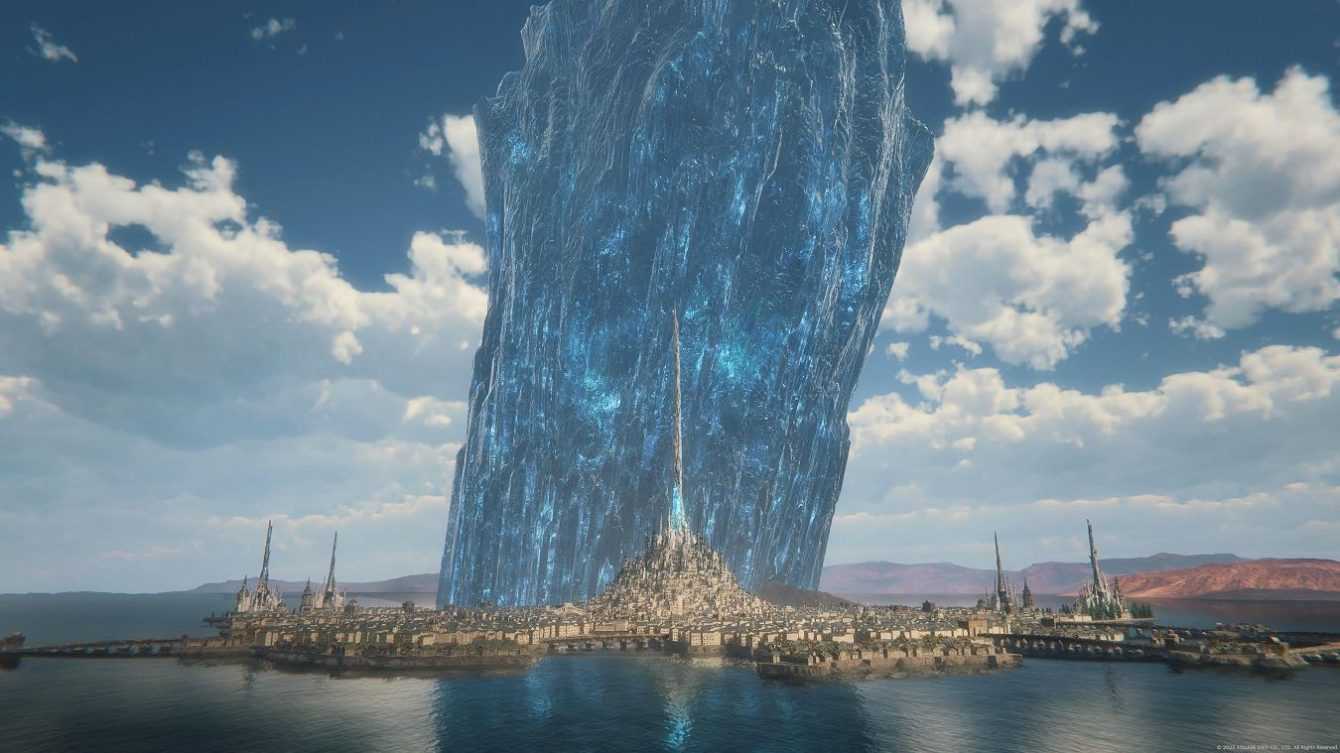
Duty | Review Final Fantasy XVI
All of this is extremely facilitated by the possibility of recalling the History of Current Times at any time (even, for example, during the cutscenes), a real Compendium of the whole game and which offers descriptions and insights on all the characters, settings and concepts that are represented on the screen. Right, Final Fantasy XV?
On the narrative front, therefore, this sixteenth chapter has reached a new degree of maturity that we had understood thanks to the various trailers shown and the test done with the demo, but which we would hardly have imagined at these levels. Final Fantasy XVI turns out to be the most mature chapter of the entire franchise to date. And this is not to diminish the great pearls of the past (just think back to Final Fantasy VI or Final Fantasy IX), but to underline that gigantic step forward taken by a company that seemed to have completely lost its compass on how to tell a story , how a world is built and how, ultimately, the gamer is captured.
Although it is true that Valisthea is the real non-playable protagonist of Final Fantasy XVI, to accompany Clive we find a large group of really well-built supporting actors and antagonists, strong in their convictions and terribly fascinating from many points of view. We in no way want to fall into the danger of making spoilers, so we won’t go into this point further, leaving you with the pleasure of discovering Jill, Cid, Joshua or Hugo, for example. Let’s just add that the maturity that permeates the whole narrative obviously reflects on a varied cast and not only in terms of relationships with Clive, but more simply human. Although the work is fictional and everyone can do amazing things with magic, the characters are the raw essence of humanity and are made up of passions, regrets, mourning, losses, empathy. And so, by extension, also the gamer.
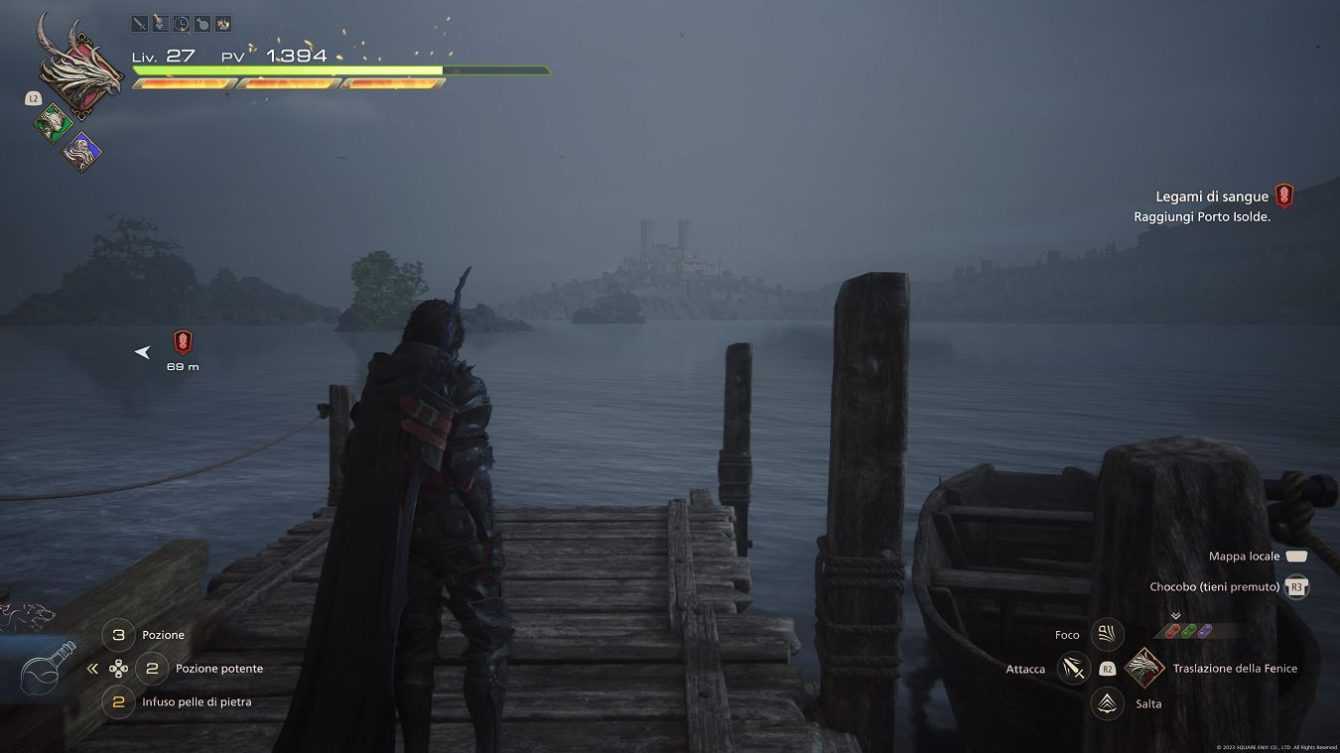
The Founder’s Footsteps | Review Final Fantasy XVI
Boy, oh boy, we need to seriously talk about this. The bone of contention from the very first material shown – the combat system. Now, we have already talked about why the complaints about the “absence of shifts” are extremely ridiculous (find everything here), but there is no doubt about the change of direction undertaken by Creative Business Unit III to approach what, by now, is a real pure action. Final Fantasy XVI has captured some element of the Devil May Cry combat system, making it its own, modifying it and giving it another life. Another life that makes him less frenetic, but more reasoned and, from many points of view, tactical.
Let’s start from the basics: the frontal states of the Dualsense are dedicated to the melee and ranged attack, as well as to a unique and non-interchangeable ability of the Eikon you are using and to jumping (whose usefulness is marginal, but still present ). The backbones are instead used for dodging (arguably placed on the R1 key), for changing the Eikon and for activating the various offensive abilities that the equipped creature will give to the protagonist. Despite some initial doubts and the need to create muscle memory in order not to “wrong key” in 2023, in the end the mapping of the commands is still quite comfortable, albeit not exactly intuitive, for all lovers of the genre.
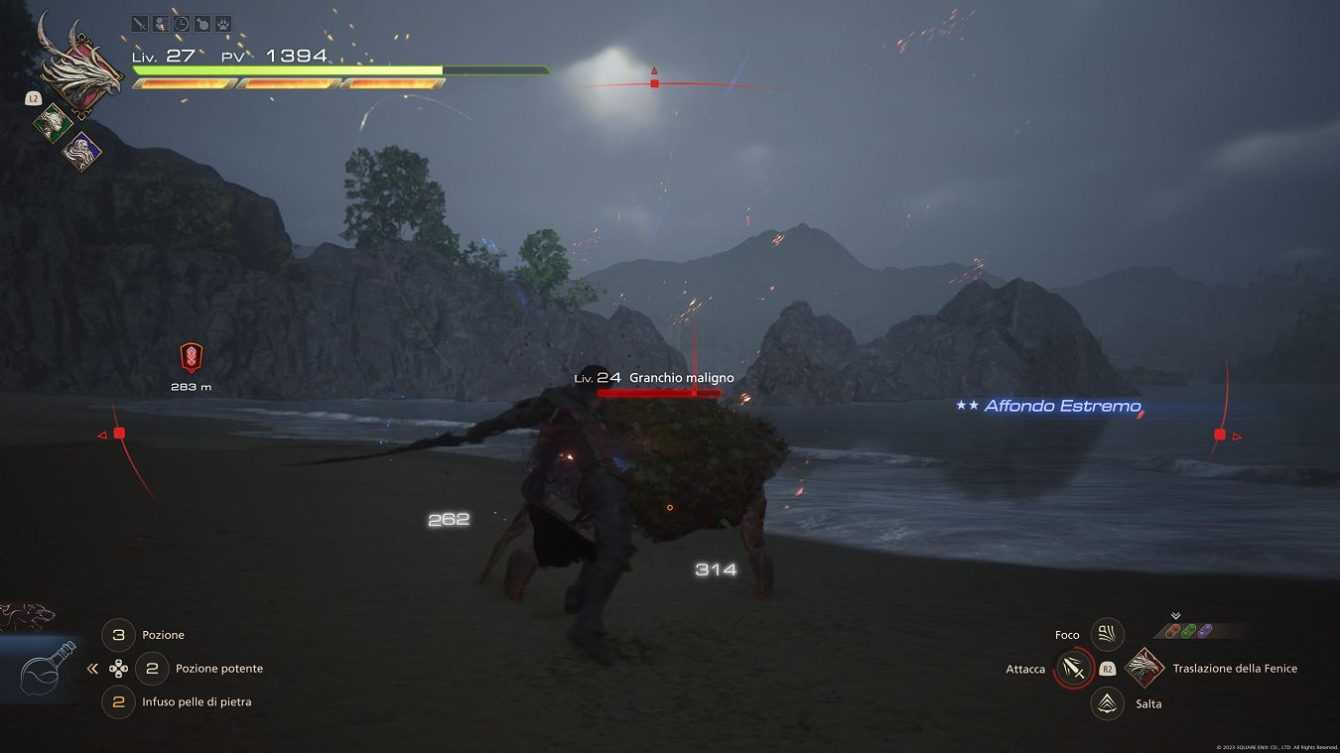
Before The Storm | Review Final Fantasy XVI
Clive can equip up to a maximum of three Eikon simultaneously, which each grant three different abilities (two of which are modifiable in the equipment menu). These skills can be unlocked through the use of PA, which we will obtain at the end of each fight, and which therefore allow us to build a real customized build on the needs of each gamer. And here, then, is the tactical element of the entire Final Fantasy XVI package: customization. The ability to reset your build by redistributing skill points in the appropriate menu underlines even more this extreme freedom given by the developers in the approach to the combat system.
To this we can safely add an impressive responsiveness of the commands: Clive is very quick, fast and accurate as much as we will be. Chaining combos is extremely fun, especially if and when you manage to “stun” enemies, but it’s just as fun to perform perfect dodges, parries and counterattacks. It all depends on how you decide to play: nimble foxes or devastating tanks? It’s up to you how you enjoy yourself.
Yes why pad in hand Final Fantasy XVI is definitely fun even if, in certain contexts, a little too simple at a normal level. Once you get used to the controls and excluding the boss fights (all different from each other, visually interesting and majestic from the directorial point of view), the basic enemies are masterfully melted away by an impetuous Clive, making the random encounters mere cannon fodder that generates some experience point and some PA. Furthermore, we have noticed a generic uselessness of teammates, if we exclude Torgal’s perennial aggressiveness useful for getting rid of a few too many enemies, who sometimes do not even have time to realize they have entered combat.

Into the Mire | Final Fantasy XVI Review
In addition to the Eikons, Clive can be equipped with a weapon, a bracelet, a belt and three different accessories. The latter will be indispensable to further improve your build, offering a plethora of positive effects to the different skills borrowed from the Eikon. In fact, excluding those that increase Attack, HP and Defense by just a few points (which we found completely useless, let us tell you), what makes the equipment system really interesting is the possibility of decreasing the cooldown or increasing the damage inflicted by this or that skill specific. In short, personalization goes up one more step.
We close on the combat system by talking about the clashes between Eikon. If we can actually talk about clashes, because in most cases they will be long animated sequences interrupted by fleeting Quick Time Events. And this is not necessarily a bad thing, we have to admit it, also because managing a clash between creatures of such epochal dimensions would not have been easy anyway. Registically speaking, also in this case, the clashes between Eikon are pure spectacularity, tamarri at the right point and with a strong emphasis on special effects, particles and jaw-breaking animations. Sincerely? It went well for us, even if sacrificing a good part of the gameplay that perhaps, in the future, in any Final Fantasy XVII, we will be able to see in depth.
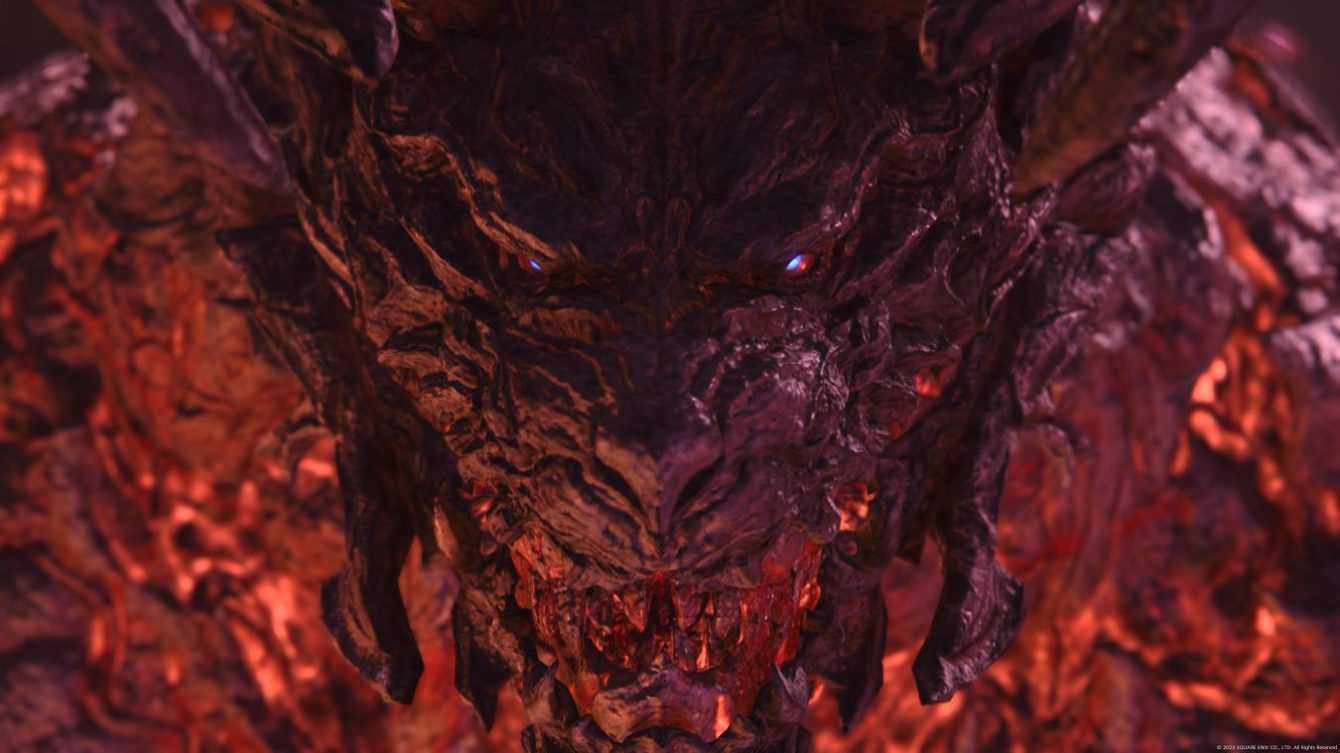
On The Shoulders of Giants | Review Final Fantasy XVI
If you expect an Open World, change the game: exploration in Final Fantasy XVI has been made essential, immediate and not widespread. You will not therefore find a long list of hidden chests with particularly rare components or weapons, but simply some resources scattered here and there in a rather random way. This means that, often, you will find yourself making completely useless laps to arrive in empty spaces and ask yourself “but why?”. We are the first to be tired of the excessive capillarization of the modern Open World, with maps full of things to do and objects to find, but perhaps in this case everything has been reduced a little too much to the bone. And it’s one of the few flaws we’ve managed to find so far, if you haven’t noticed.
The second is, indisputably, the quality of the side missions. However, let’s start from an assumption: in Final Fantasy XVI all (and we emphasize all) the secondary tasks give insight, curiosities and insights into the game world or its …







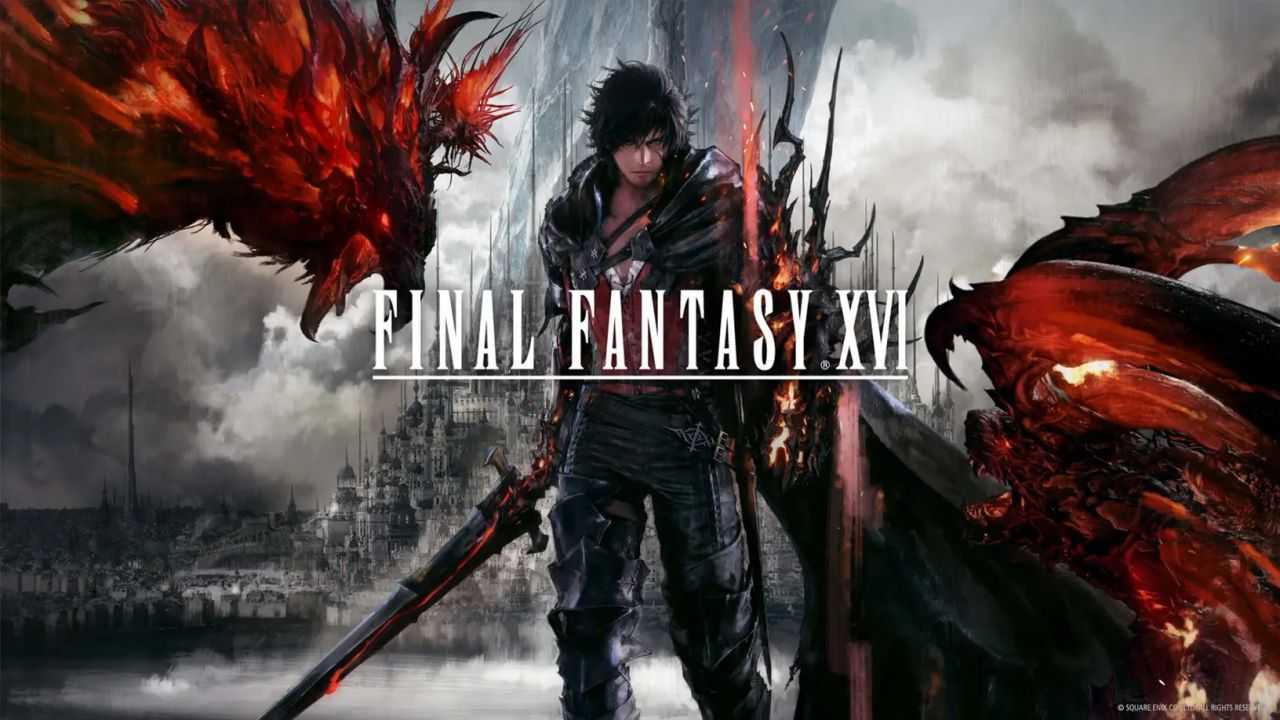




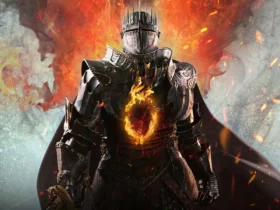
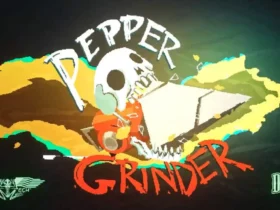
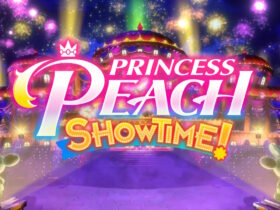
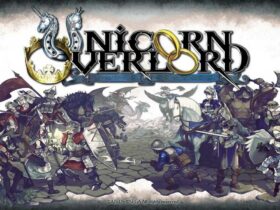
Leave a Reply
View Comments